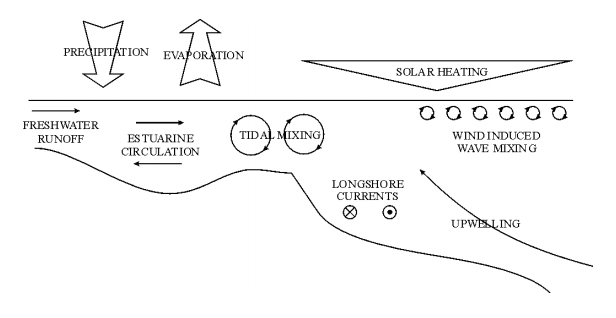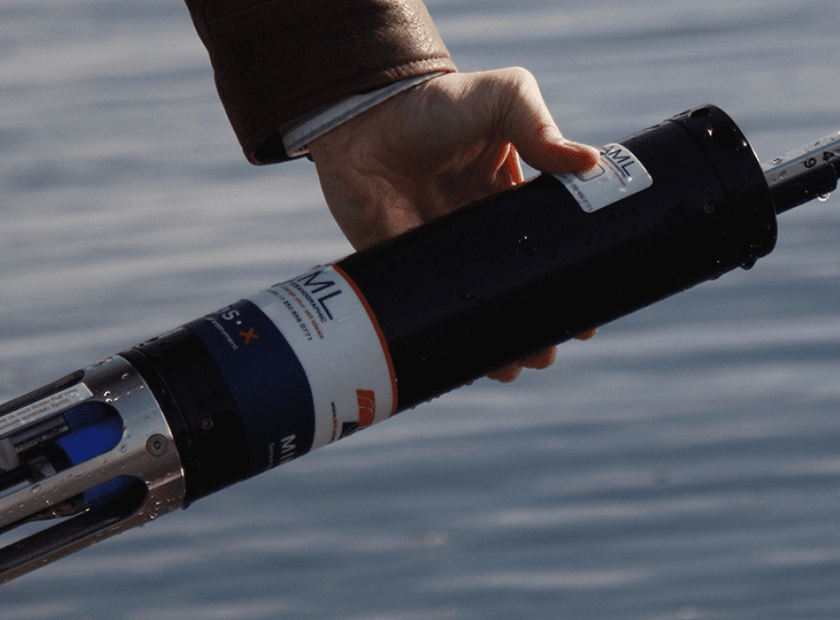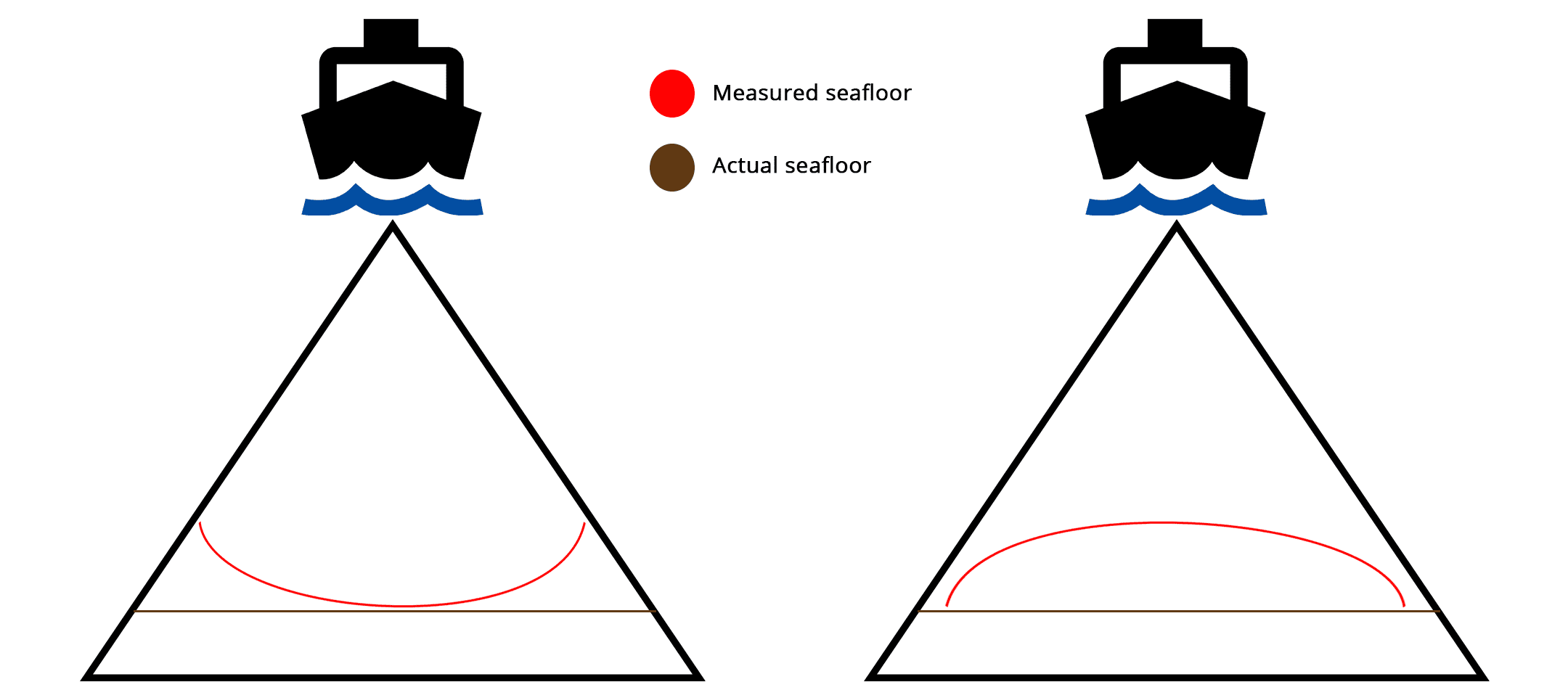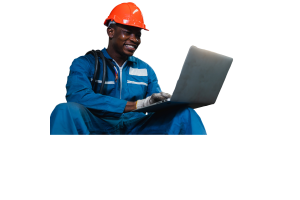How Often Should I be Taking a Sound Velocity Profile?
By: Chris Malzone, VP of Sales & Marketing & Jehan Zouak, Marketing Manager - AML Oceanographic
Following the completion of a well done installation, sound velocity has the most drastic impact on the quality of your survey data. In this post, we begin the discussion on profiling frequency.
This is a question that has been posed to me more times than I can count! I started “doing multibeam” back in the late ‘90’s as a Field Engineer for RESON, Inc. Back then, we didn’t have the luxury of automated profiling as AML provides with the Moving Vessel Profiler (MVP), but rather I had to fall back on my MS in Oceanography to explain to new surveyors why they had to stop in the middle of their survey to lower this obscure 1m long cylinder over the side. Keep in mind that many people new to survey are just that, new! They come from a variety of backgrounds, but I have found that there is a commonality. Regardless of education and training, there is often a lack of understanding around the impact that sound velocity can have on survey data and why more data is always better.
What's Sound Velocity got to do with it?
Is there a standard for accuracy?
I know that I still haven’t answered the question. How often should I take a profile? The short answer… as frequently as possible! The long answer is more complicated. The ocean is highly dynamic and the amount of factors that can impact changes in temperature and salinity in general are too numerous to list.
I have listed below questions and factors that merit consideration when determining how often one needs to take a sound velocity profile in order to get accurate survey results.

Sound velocity is particularly variable in coastal waters, where internal and external forces create dynamic oceanography conditions.2
KEY QUESTIONS
- Are you surveying in an estuary which has both fresh and saltwater?
- If you’re surveying offshore, are you close to an estuary?
- Are you surveying near a river mouth?
- Is there any glacier or snow run-off near your survey location?
- Is it windy?
- Are you surveying near any major oceanographic feature such the Gulf Stream, California Current, Kurishio Current, Loop Current, etc?
If you answered “yes” to any of the above questions, the answer to “How often should I be taking a sound velocity profile?” is “continuously.”
FUNDAMENTAL FACTORS
- Fresh water vs. salt water
- Tide patterns
- Tidal prisms
- Longshore currents
- Internal waves
How do these elements affect your survey results? Find out in the third installment of this series.
Learn how MVP can make a difference for you.
AML’s Moving Vessel Profiler is proven to remove both the technical and financial unpredictability associated with survey operations. With over 130 systems sold, MVP is the market leader in underway profiling systems, and is backed by 20 years of experience and thousands of successful surveys.












